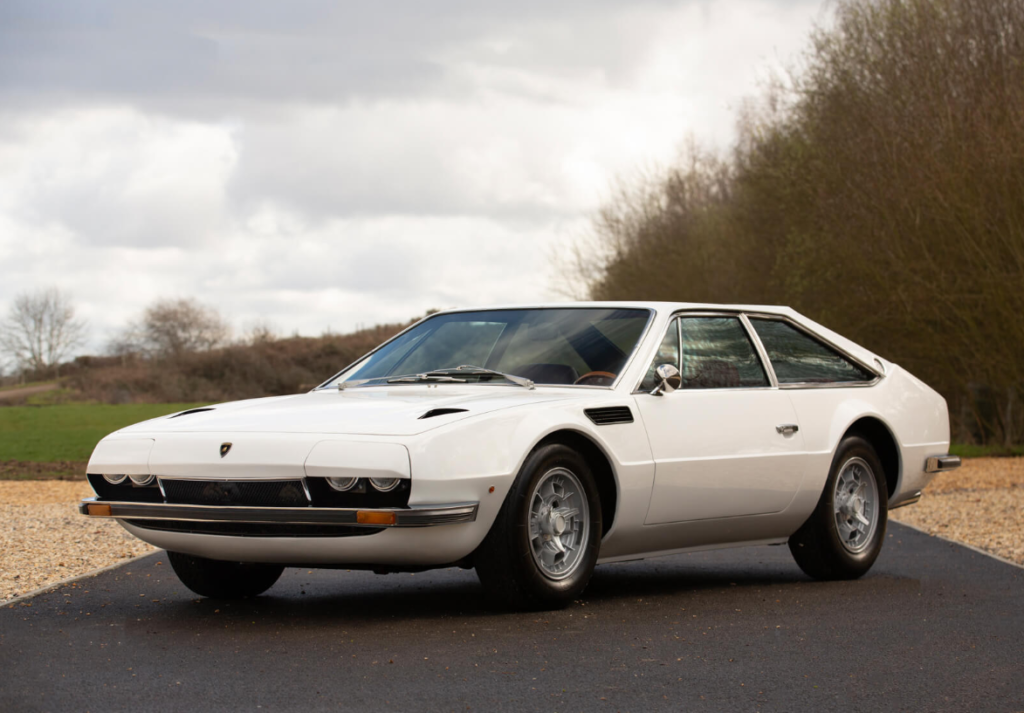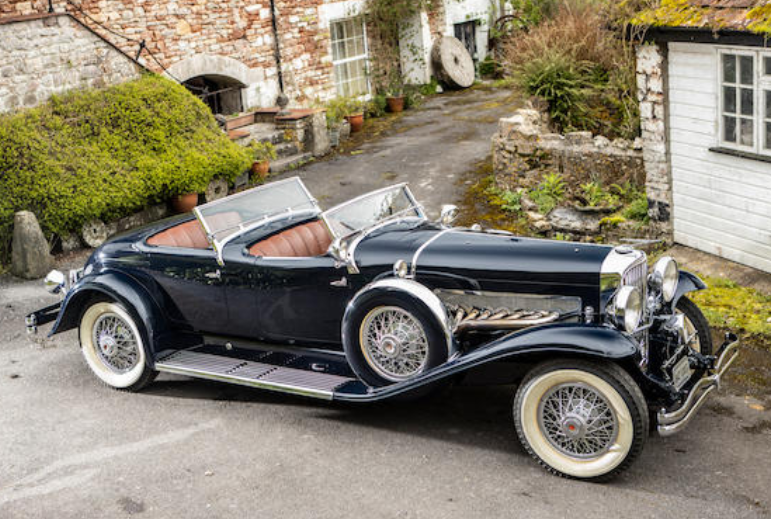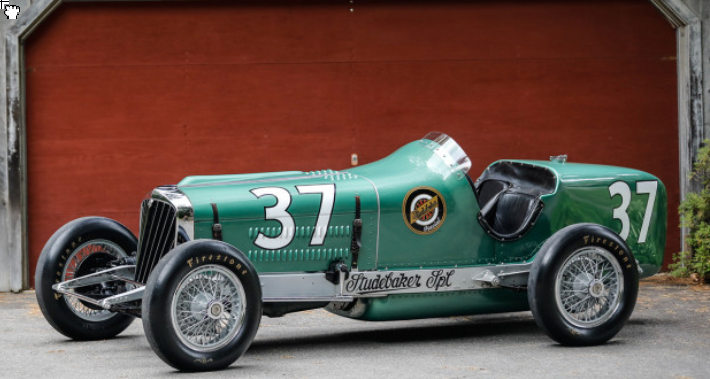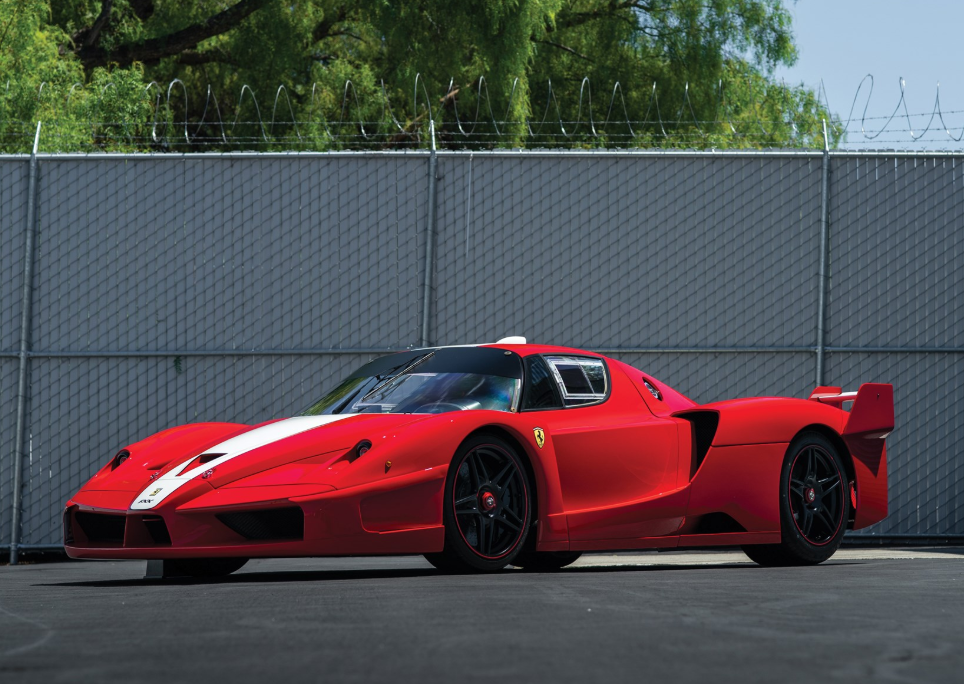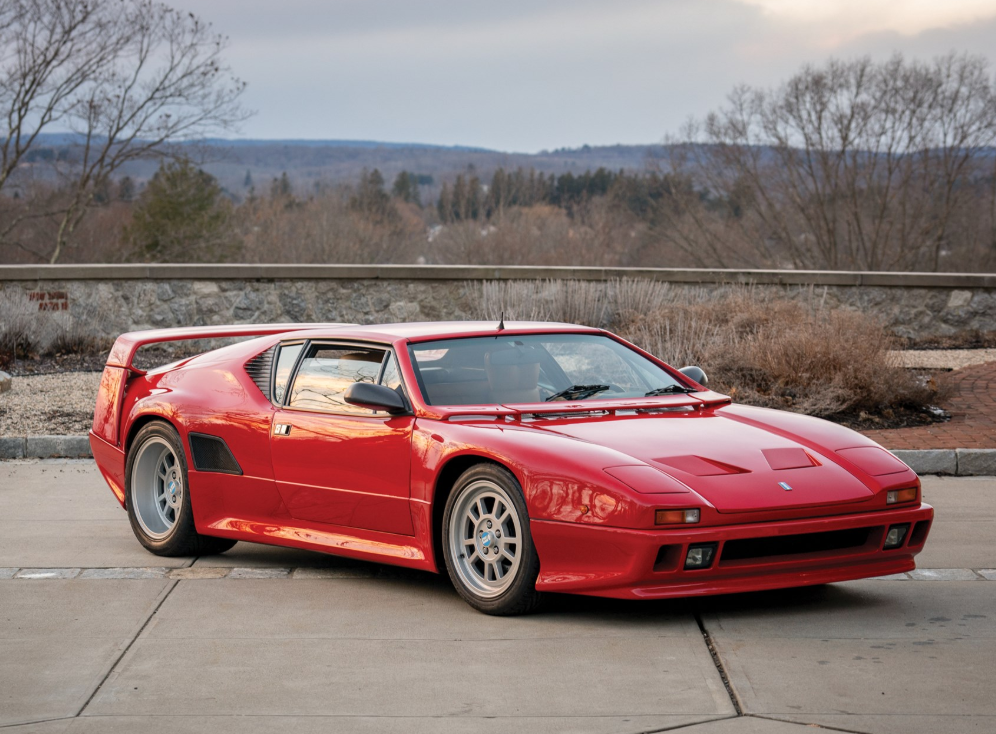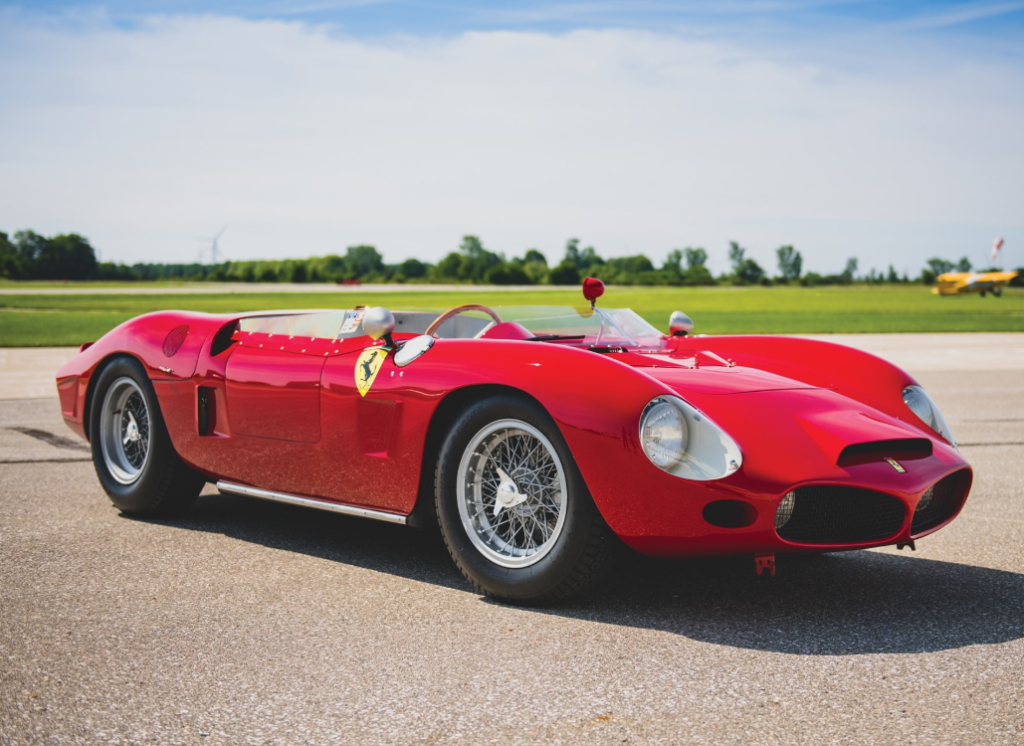1898 Riker Electric Stanhope
Offered by Worldwide Auctioneers | Pacific Grove, California | August 15, 2019
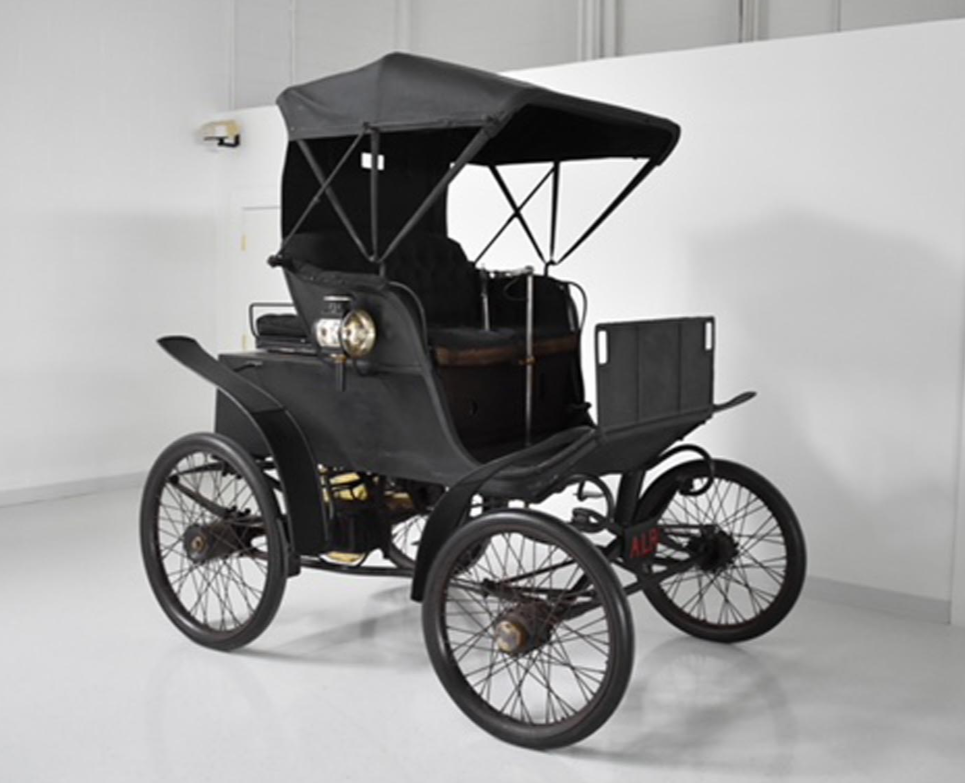
Andrew Riker built his first vehicle – an electric tricycle – in 1887. He incorporated – first in Brooklyn, later in Elizabethport, New Jersey – and became one of the first manufacturers of electric vehicles. The company was never huge, but it did produce passenger vehicles and heavy trucks. Riker tired of electric cars and, after selling his electric car business to Columbia, eventually moved to Connecticut, where he designed the first gasoline-powered Locomobile and later became the first president of the Society of Automotive Engineers.
This car was built by Riker in 1898 and is powered by a 1.5-kilowatt-hour electric motor that drives the rear wheels through a three-speed gearbox. Tiller steering and a convertible top are equipped.
Riker won a race in this car in Boston and later showed it in Paris. Competition seemed to usually be at the forefront of Riker’s mind, and the car was entered in the first race held by the New York Automobile Racing Association. And it won. Later, it remained with the Riker family until Andrew’s passing in 1930, whereupon it was donated to the Henry Ford Museum.
When the Henry Ford thinned their collection in 1985, the car was acquired by the widow of Andrew Riker Jr. The current owners acquired it from her after maintaining the car for her during her ownership. It’s 121-years-old and is all-original. This is the type of car you usually only see at the Henry Ford or the Harrah Collection. It still runs and drives, reportedly capable of 40 mph, which is frightening. Click here for more info and here for more from this sale.



